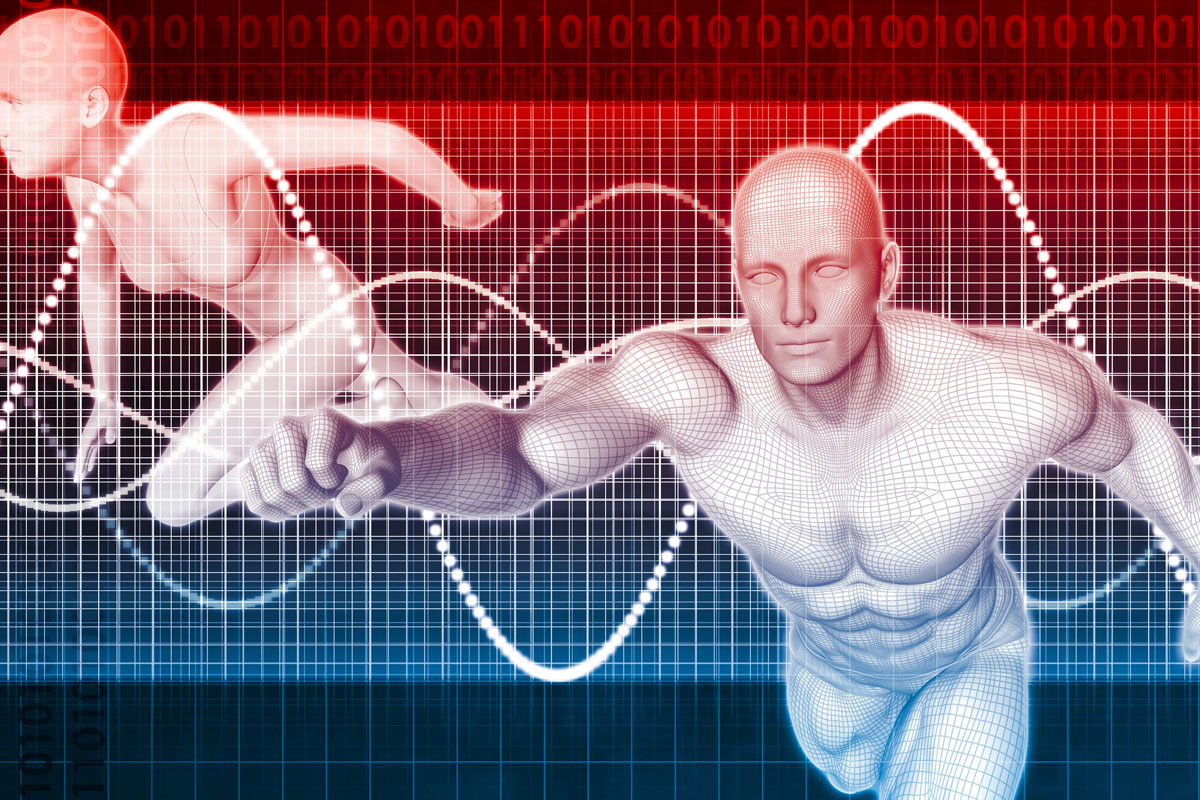Lower back pain is one of the most common issues presented at my clinic.
Lumbar pain whether it appears with sciatica (radiation of pain to the leg) or in isolation, has many reasons for its development. It either appears due to a lack or excess in movement. more often than not, some form of pre-existing weakness or physical fatigue leads to its onset and is commonly triggered by simultanious forward bending with rotational movement with or without lifting.
Sciatica is when pain, numbness, tingling or burning sensation is felt down the leg. It suggests the likelihood of nerve impingement. The further down the leg that sensation travels, the more severe the impingement on the nerve is likely to be. The regions of the sensation down the leg can provide the practitioner with valuable information as to which vertebral segment is involved.
A complete understanding of the presenting condition is ascertained, by the use of CT, MRI results or/and observation and physical tests, several remedial approaches can be used on their own or in combination with other techniques, depending on the presenting issue or the response the client has to treatment.
I often use MET (Muscle Energy Technique). This involves a short physical diagnosis that reveals the specific type of misalignment affecting the relationship between the sacrum and the L5 (last spinal) vertebrae. This Diagnosis also sheds light on the relationship between all the lumbar vertebrae and their orientation with each other. MET has protocols to deal with numerous combinations and types of misalignments. For example, there are about 16 possible misalignments affecting the sacrum alone,
and many more combinations when considering all the lumbar vertebrae and the possibilities that they present.
Aligning the spinal segments is done withoutmanipulation, it is undertaken with extreme care and uses one’s own muscles as levers to pull the vertebral segments gently back into place. This is achieved by isolating and activating tiny intervertebral muscles known as the multifidus muscle groups. It is achieved by placing the body in a very specific position that is in line with the clients’ unique presentation. Using very specific and gentle resistance and stretching techniques realigns one vertebrae at a time. The spine is then retested with every mobilisation to confirm that the desired result has been achieved. The aim here is to realign the spine segment by segment, remove structural impingement on the spinal nerves and reduce sciatic pain as a result. More often than not, relief is achieved after just a few minutes or within several sessions. the amount of inflammation may slow down the process. This technique is not always used, and that depends on the specific type of lower back pain presented.
Acupuncture is another technique used for lumbar and sciatic pain. you can find further information on acupuncture in our Acupuncture Page and on the following blog, which goes into detail in discussing the Balance method Acupuncture style I and Balance Method IIarticle.
In addition, several deep tissue techniques can also be adopted to further assist with lumbar pain and Sciatica; Japanese Shiatsu, Chinese Pressure Point Therapy (Tui Na), Western Remedial Massage, SportsMassage & Suction Cups. These techniques work well in isolation or in combination with each other.
Chinese Herbal Medicine can also be used to deal with the deeper cause of the issue and to reduce pain. Herbal medicine can be used for acute or chronic types of back pain and the aim here is to strengthen the body on a more fundamental level and provide for a longer-lasting, more holistic and individualized approach to treatment.
With a gentle and balanced approach, combining Eastern and Western knowledge, you can achieve a stronger, pain-free back and promote a healthier state of general wellbeing.
Written by: Dr. Ehud Udi Tal
(Registered Practitioner of
Traditional Chinese Medicine)
Related Posts
Acupuncture – The Balance Method
So what is the difference between TCM acupuncture and The 'Balance Method'?
Acupuncture for Sport Injuries
Acupuncture, Physical Therapy (Tui Na) and Chinese Herbal medicines are all…


